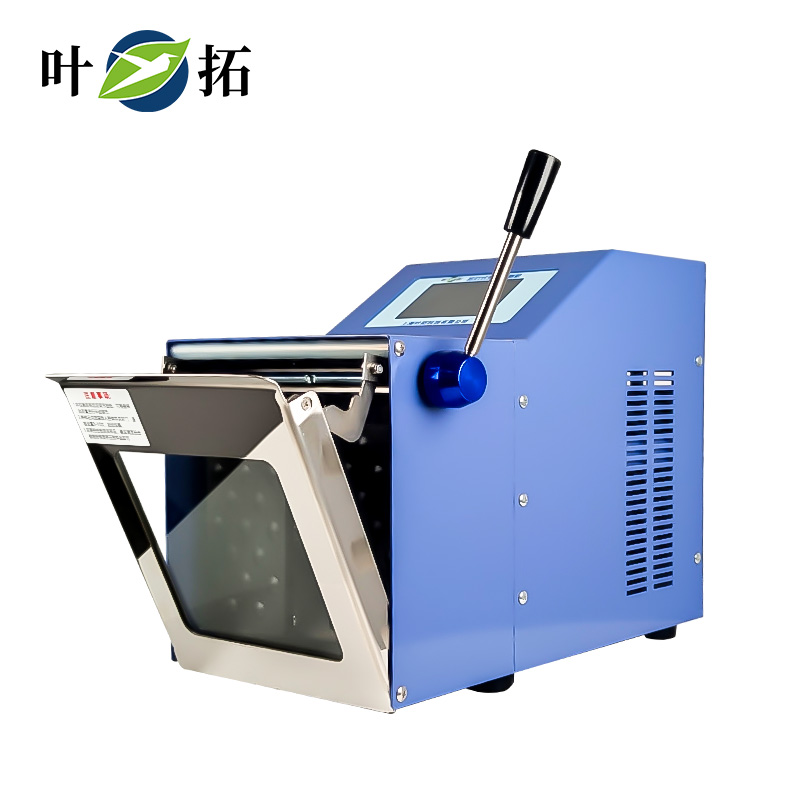Dispersants and homogenizers are laboratory equipment used for processing materials, but they have some important differences in operating principles and applications.
Dispersion machine:
Function: The main function of a disperser is to mix unevenly dispersed particles, solids, liquids, or powders together to obtain a uniform mixture. Its key function is to generate high shear force through high-speed rotating dispersing tools, such as blades or gears, to disperse and mix raw materials together.
Application: Dispersants are widely used in pigment and coating manufacturing, food processing, pharmaceutical manufacturing, chemical industry and other fields, where particles or liquids need to be dispersed and uniformly mixed.
Characteristics: The disperser is mainly used for rough mixing and dispersion tasks, and is usually effective in handling coarse particles or powders.
Homogenizer:
Function: The main function of a homogenizer is to refine and homogenize materials through mechanical shear force. Homogenizers refine particles into smaller ones and make the mixture more uniform through mechanical actions such as extrusion, cutting, and shearing.
Application: Homogenizers are widely used in food processing, pharmaceutical manufacturing, and biotechnology fields, especially in applications that require uniform dispersion of particles or cells in liquids.
Characteristics: Homogenizers are typically used for applications that require higher mixing and homogenization requirements. They can refine particles into micrometer sized particles and ensure even mixing of liquid and particles.
In summary, dispersers are mainly used for mixing and dispersing tasks, especially for processing coarse particles or powders, while homogenizers are used to refine and uniformly disperse particles in liquids, suitable for higher precision mixing and homogenization requirements. The choice of disperser or homogenizer depends on your specific application requirements and the required mixing quality.


 Alibaba Store
Alibaba Store Tmall Store
Tmall Store Jingdong Sstore
Jingdong Sstore







